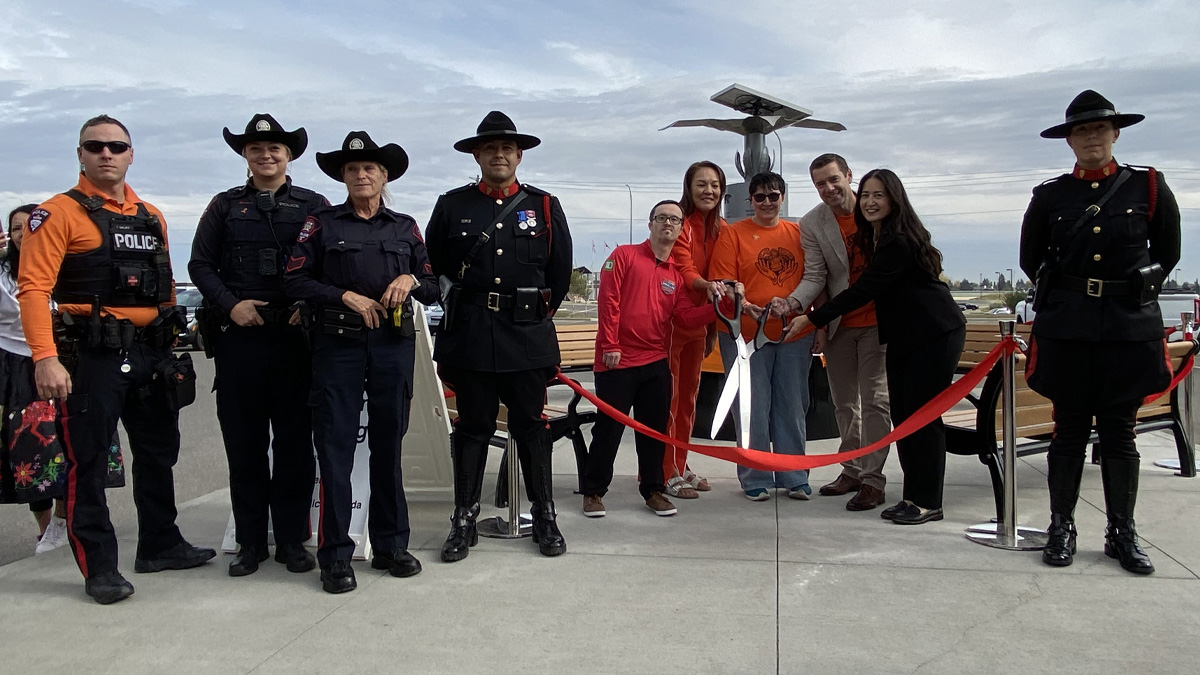Nov 7, 2025
Construction ramps up at strategic Appalachian pipeline
Up and down the steep slopes of the northern panhandle of West Virginia, thousands of workers – backhoe operators, welders, pipefitters, engineers and safety inspectors – are buzzing to complete TransCanada’s latest project in the area.
Over the next five months, they’ll lay approximately 160 miles of new 36-inch-diameter pipeline in the ground and build facilities that will help transport up to 1.5 billion cubic feet per day of natural gas.
Linking local natural gas supplies to regional markets
The Leach XPress Pipeline is unique because of the terrain – some slopes have a 50-degree angle – and the sheer amount of work that up to 3,000 employees and contractors will carry out to complete this project for a planned in-service date in November.
The project – which broke ground February 15 – will play a critical role linking locally produced energy to regional markets.
Leach XPress will also interconnect with another TransCanada project currently under construction, Rayne XPress, which will have the capacity to transport 1.05 billion cubic feet per day of natural gas as far as the Gulf Coast. Together, Leach and Rayne XPress will help meet the need for 24,000 miles of new pipeline by2035, as a new study from the American Petroleum Institute says.
They’ll be a strong addition to TransCanada’s robust natural gas pipeline system which already supplies over 25 per cent of the natural gas consumed across North America each day.

The Leach XPress pipeline is expected to be in-service by November, 2017.
Nearly 3,000 local jobs created
Leach XPress is already a major driver of employment along its route, which starts in Marshall County, West Virginia, and travels through southeastern Ohio to end at the West Virginia-Kentucky border.
“A pipeline like this brings jobs to the community and clean-burning, lower-cost natural gas supplies to the region,” said Stan Chapman, Executive Vice-President & President U.S. Natural Gas Pipelines at TransCanada. “We want to be part of these communities for the long term. We want to make sure we have safe and reliable natural gas supply and build the critically-needed infrastructure these regions need.”
Being a good neighbor
Making sure local communities were engaged and respected was a key part in making Leach XPress happen, Elaine Coppedge, pipeline manager of the project noted. Establishing the pipeline’s route was one of her team’s biggest challenges.
“We wanted to choose the best path from point A to point B while considering constructability, safety, the environment, and ensuring we were the least impactful to landowners,” she says. “This is what we’ve tried to do all along during the project’s development and now throughout the construction phase. It’s really special being part of such a huge project and knowing that five months from now, the pipe will be safely in the ground and gas will be flowing.”




